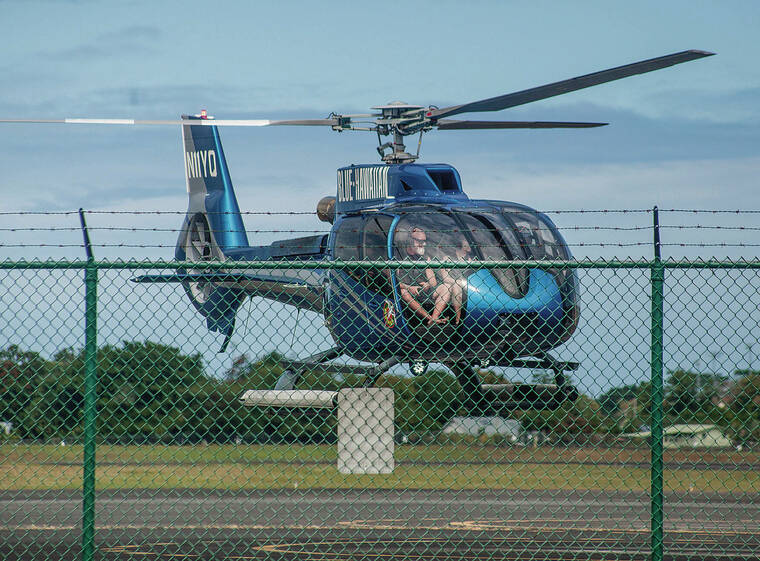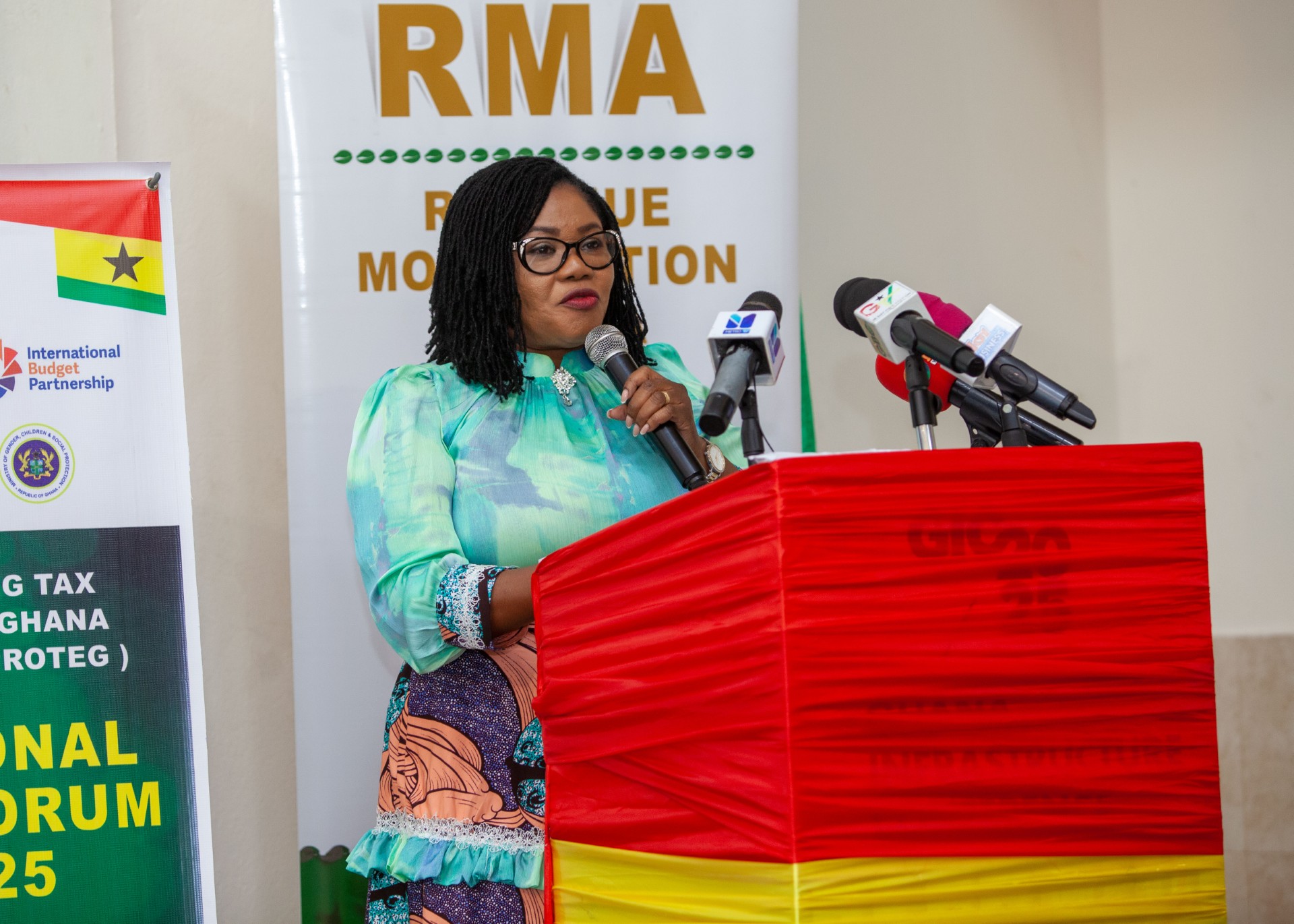By None
Copyright staradvertiser

Blue Hawaiian Helicopters’ request to the Federal Aviation Administration to fly as low as 700 feet above ground in certain areas generated more than 55,000 public comments — many in opposition to its plans.
In a 20-page petition, the statewide tour helicopter company is seeking an exemption from federal regulations to allow its pilots to legally fly below the 1,500-feet minimum altitude required in specific areas on the islands of Hawaii, Oahu, Maui and Molokai.
In its petition, Blue Hawaiian said that at or above 1,500 feet, “tour aircraft will very often be at the level of the clouds,” hampering pilots’ ability to fly safely, although “an operator is not required to implement ANY special safety mitigations to conduct an air tour.”
“However, at lower altitudes, where aircraft can be further from clouds, we are required to implement all manner of safety mitigations,” the petition states. “We believe these mitigations are necessary, but we feel this illustrates the arbitrary and unsubstantiated nature of the 1,500-feet minimum requirement for air tours in Hawaii.”
Big Island locations where Blue Hawaiian is requesting permission to fly as low as 700 feet above ground include: Waikoloa Heliport to Kilauea summit; Kulani Cone to Eucalyptus Tree area; Makuu Point to Kilauea’s Pu‘u ‘O‘o vent; Hilo International Airport, shoreline to Cape Kumukahi, shoreline to Kalapana to Pu‘u ‘O‘o vent; Hilo International Airport, shoreline to Pololu
Valley; Waimanu Valley to Waimea; and Honokane Nui or Pololu Valley to either
Water Tank or Riders areas.
The tour company is also asking that along mountain ridgeline areas, operators be allowed to fly at 500 feet above ground.
Despite Blue Hawaiian labeling its petition as confidential, comments in opposition flooded into its docket on the FAA website. Most were submitted anonymously and many who identified themselves didn’t specify where they live.
Every comment among the dozens read by the
Hawaii Tribune-Herald, however, opposed the tour company’s request.
Karl Schneiter of Paauilo Mauka wrote that Blue Hawaiian’s pilots “OFTEN fly at altitudes well below 1,500 ft” over his property “on their way to Waipio Valley.”
“The noise generated by their choppers is an annoyance, and a safety concern for ours and neighbor properties in Paauilo Mauka,” he said. “We are against any change to the current restrictions, and request that electronic or other means of monitoring Blue Hawaiian flights be considered for enforcement purposes.”
Audrey Kelly of Mountain View called Blue Hawaiian’s request “unsafe, dangerous and frankly absolutely greedy” and urged the FAA to “please let us have some peace here on the Big
Island at Kilauea.”
“As it is I can tell you like clockwork when we are having an eruption because they fly all hours over our home, the windows shaking violently and the pictures on our walls askew,” she wrote. “We have over 200 small earthquakes a day on some days during an eruption
but none are as devastating as these loud and low
overflights.”
Gillian Bryant-Greenwood, who is 83, said that after
55 years in Honolulu, she
recently moved to Honokaa “for the peace and quiet it affords.”
“This request for an exemption is wrong, this is a rural neighborhood of houses, ranches and farms,” she commented. “It includes not only people, but farm animals, pets and incredible wildlife. I know exactly what a helicopter at the requested height sounds like, having lived near Diamond Head and this would be extremely disturbing for all life in this wonderful area of Hawaii.”
Susan Furchgott of Hilo said that granting the exemption would “have a highly negative impact
on residents of Hawaii who are subject to the already extremely loud noise
pollution.”
“Making a more exciting ride for tourists so that these few tour companies can increase revenues is not in the interest of our people,” she wrote.
Hilo resident Tanya Aynessazian urged denial of the petition for “the protection of the people, wildlife, and natural tranquility of Hawaii.”
“The FAA’s responsibility is to prioritize safety and environmental protection over commercial convenience,” she stated.
Laura Acasio of Hilo, a former state senator, said that granting Blue Hawaii’s request would “jeopardize safety, harm the environment and negatively impact Hawaii’s communities.”
“Reducing the minimum altitude is not safer — it introduces avoidable risks to passengers, pilots, and people on the ground, while amplifying noise pollution and ecological harm,” she wrote.
And Kaapuni Aiwohi, a Maui resident, questioned Blue Hawaiian’s stated motive for its petition, the safety of pilots, passengers and the public.
“If this was truly about safety, they would be fighting for ALL operators to operate at a lower altitude,” he wrote. “The truth is noise pollution is unwanted toxic that none of the families would ever wish on anyone else.
“Communities deserve to feel safe and comfortable in their homes,” Aiwohi continued. “Noise pollution robs us of rest, focus, and peace of mind. Reducing noise pollution is not just about comfort — it is about protecting public health, ensuring fairness for vulnerable populations, and improving the overall livability of our neighborhoods.”
The Tribune-Herald reached out to Blue Hawaiian officials for comment, but didn’t receive a reply in time for this story.



